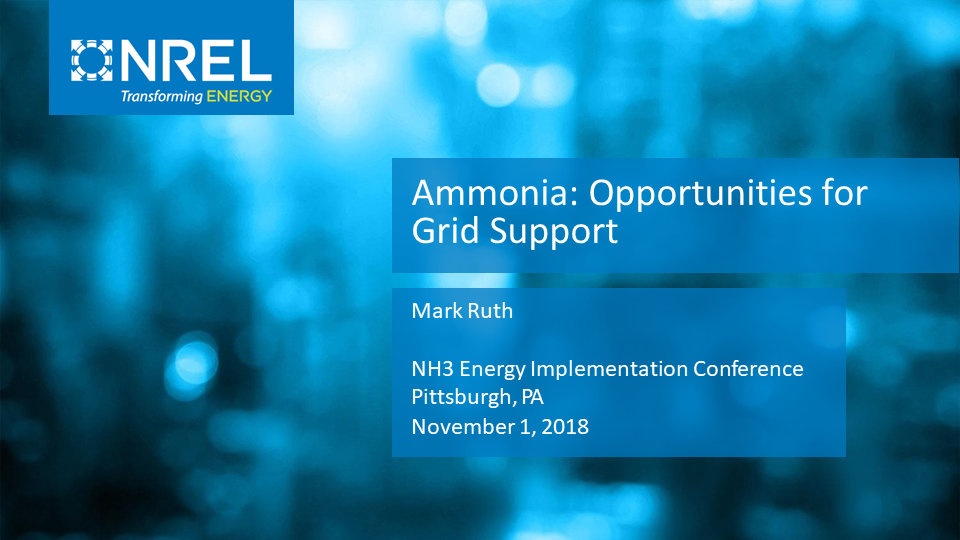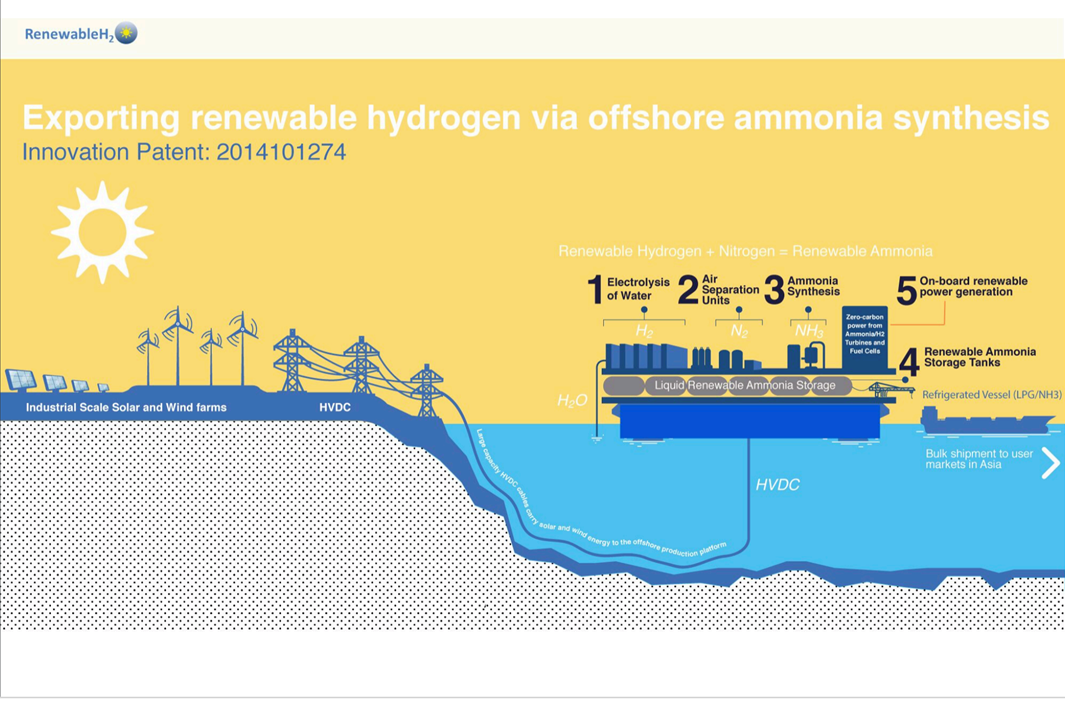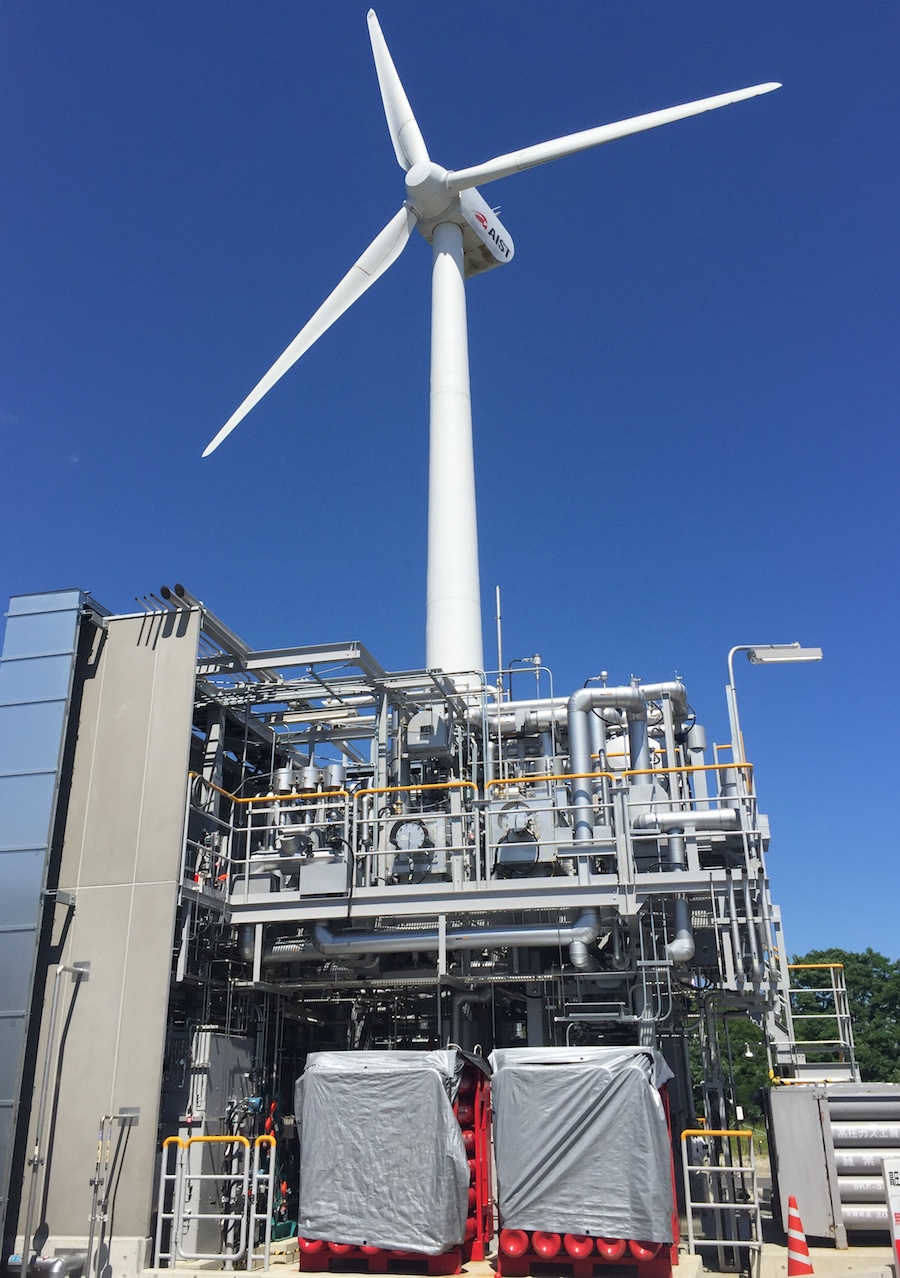Energy Storage
Ammonia = Hydrogen 2.0 Conference: panel discussion recap
The Ammonia Energy Association Australia’s Ammonia = Hydrogen 2.0 Conference took place on 22-23 August 2019 in Melbourne, Australia. It attracted 115 attendees from industry, government, and research institutions. This is the first of two articles about the event; this article recaps the interactive panel sessions and the second article will highlight selected presentations. The panel discussions were placed at the end of the program so that important themes from the presentations could be highlighted and integrated. These themes included: 1) Building an energy export industry using green ammonia; 2) Green ammonia as a maritime bunker fuel; and 3) Green ammonia as grid scale energy storage – a battery to the nation.
ARPA-E request for information: Pre‐pilot and pilot projects to scale, mature, and advance technologies
ANNOUNCEMENT: The US Department of Energy's Advanced Research Projects Agency (ARPA-E) has published a Request For Information (RFI) focused on supporting scale-up demonstrations of ARPA-E technologies. Unlike normal ARPA-E funding agreements, which typically provide 5%-20% of the financing for bench-scale projects within laboratories, this RFI is geared towards industrial pilot projects, for which ARPA-E would provide "at least 50% cost share."
EPRI Releases Ammonia Energy Report
Last month the Electric Power Research Institute (EPRI) released Renewable Ammonia Generation, Transport, and Utilization in the Transportation Sector, the organization’s first public treatment of ammonia energy. The report is positioned as a communique from the cutting edge – a “Technology Insights Brief” from EPRI’s “Innovation Scouts” – and, bracingly, manages to be both brief and comprehensive. Within its format, it does an excellent job of conveying the positive case for ammonia energy and the R&D that will allow it to reach its potential.
Hydrogen and Ammonia Discussed in Australian Energy Storage Report
The Australian report Comparison of dispatchable renewable electricity options does the very useful service of quantifying the energy storage landscape in dollars and cents. It reaches many interesting conclusions, not the least of which is that hydrogen, and by explicit extension, ammonia, is the key option for long-cycle storage. And while the study’s focus is Australia, “with costs in AUD and based on Australian conditions,” its lead author says that “much of the information and many of its findings are expected to hold independent of jurisdiction.”
Ammonia: Opportunities for Grid Support
Functionalized Ordered Mesoporous Silica Composites As Potential Ammonia Storage Materials
Power-to-Ammonia-to-Power (P2A2P) for Local Electricity Storage in 2025
Ammonia as a Grid-Supporting Energy Storage Solution
In the last 12 months ... We have seen repeated enunciations of a compelling logic chain: electricity generated by wind-based and photovoltaic systems is manifesting ever-more competitive economics; the greater the share of electricity generated by intermittently active resources, the greater will be the need for complementary energy storage systems; chemical forms of “X” in the power-to-X (P2X) stored-electricity construct will surely have a role to play in long-term, large-scale energy storage; ammonia may be the most advantageous chemical for such storage.
Green ammonia demonstration plants now operational, in Oxford and Fukushima
Two new pilot projects for producing "green ammonia" from renewable electricity are now up and running and successfully producing ammonia. In April 2018, the Ammonia Manufacturing Pilot Plant for Renewable Energy started up at the Fukushima Renewable Energy Institute - AIST (FREA) in Japan. Earlier this week, Siemens launched operations at its Green Ammonia Demonstrator, at the Rutherford Appleton Laboratory outside Oxford in the UK. The commercial product coming out of these plants is not ammonia, however, it is knowledge. While both the FREA and Siemens plants are of similar scale, with respective ammonia capacities of 20 and 30 kg per day, they have very different objectives. At FREA, the pilot project supports catalyst development with the goal of enabling efficient low-pressure, low-temperature ammonia synthesis. At Siemens, the pilot will provide insights into the business case for ammonia as a market-flexible energy storage vector.








